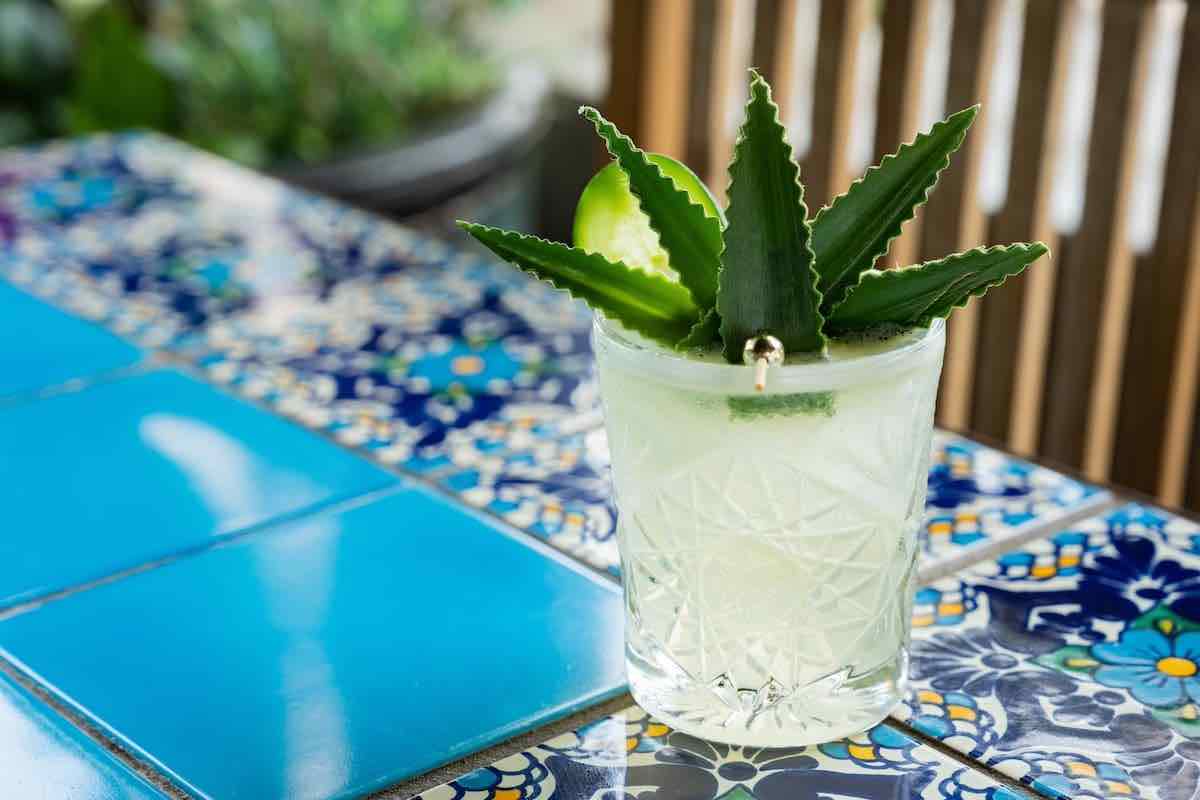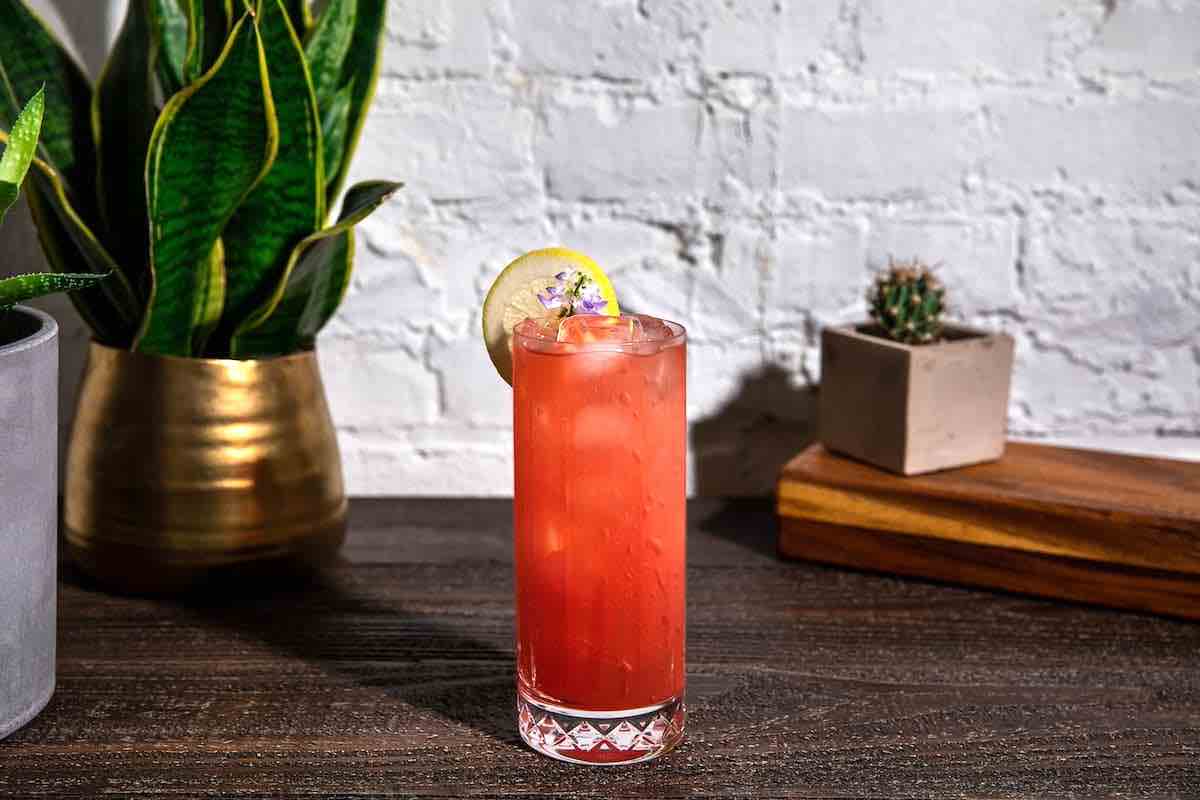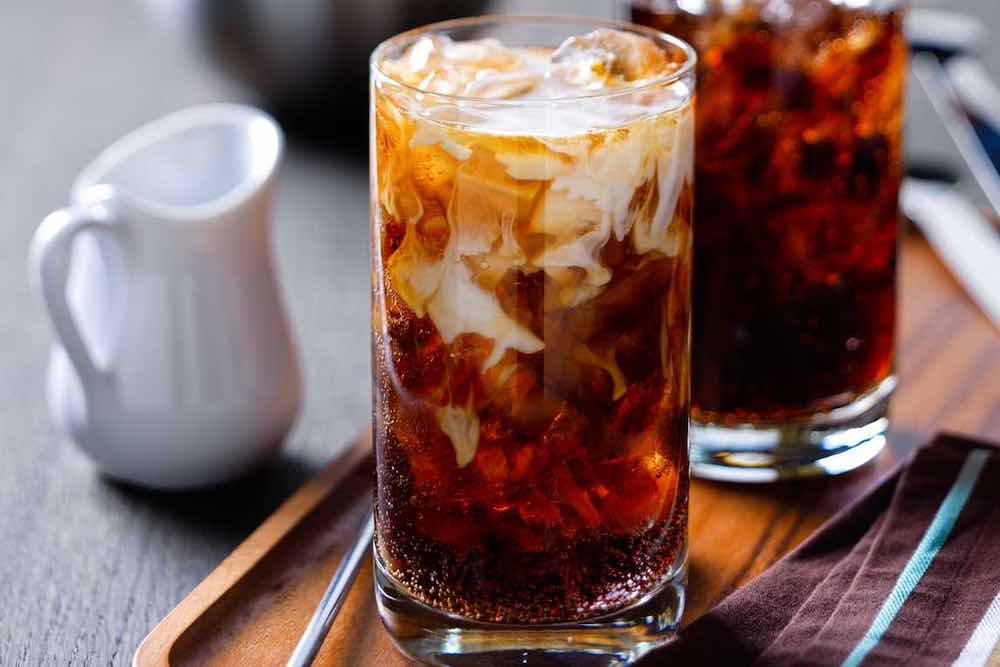Tiki drinks. Tropical drinks. Both are commonly served—and consumed—by people wearing Hawaiian shirts, and have a tendency to come with tiny paper umbrellas on the side.
But for all the similarities in culture and presentation, there’s clearly a dividing line between tiki and tropical. Searching for that line brought me into conversation with Vikram Hedge. He serves as the Bar Director for Ken Oringer and Jamie Bissonnette’s Boston restaurants and recently launched a new tiki menu at UNI, Oringer’s upscale izakaya.
All Tiki Drinks Are Tropical, but Not All Tropical Drinks Are Tiki
The first thing Hedge pointed out was the overlap between the two.
“In a lot of cases tiki and tropical are the same thing, but tropical isn’t necessarily tiki” he says. “Tiki tends to be a lot more layered in flavor, so you have notes of spice. You think of flavors outside of just the sweet, coconut, and pineapple, which is what a lot of people associate with tropical. Those are usually present, but you’ll also have the notes of star anise and clove.”
Even tiki drinks that lack tropical flavors still have something in common with the other genre, thanks to the relationship of flavors.
“A Mai Tai doesn’t have the flavors that you typically associate with tropical,” Hedge says. “A Fog Cutter’s another one that doesn’t necessarily have any tropical ingredients. But it has that feeling because of the way that the acidity and the sweetness play together.”
Sweet vs. Spicy
Hedge sees sweetness as the central flavor of a tropical drink, unfettered by the more complex ingredients that turn up in tiki.
“Sweet is usually the main flavor, maybe a little bit of acidity but that’s it. With tiki, you’re looking at umami and you’re looking at spice. You’re trying to get more parts of the palate engaged,” Hedge says.
Some drinks begin tropical in base, but reach tikidom by addition.
“Tropical drinks don’t necessarily have to have anything beyond those fruits that you associate with the tropics. A Malibu and pineapple juice is a tropical drink. But as soon as you start layering extra flavors on top of it like allspice dram or falernum, you start edging into the tiki realm,” Hedge says.
The More The Tiki-er

Vikram Hedge. Photo by Andrea Merrill.
Tiki drinks tend to use a greater diversity of spirits, whether that’s a combination of different rums or even gin.
“It’s also blends of different spirits that push it into tiki,” Hedge says. “You’ll have botanicals from gin in a Singapore Sling, whereas with the tropical stuff, you want to keep it relatively one-note.”
No Drink Is An Island
Unsurprisingly, Hedge sees a lot of common ground between the two genres.
“I think they’re very closely tied,” he says. “I think it’s easy for one to dip into the other.”
As an example, he cites one drink’s ability to play both sides, provided that some additions are made.
“The Piña Colada is an iconic tropical drink. It’s really straightforward: rum, pineapple, and coconut. But when you are moving into the tiki style, it’s an easy jump to a Painkiller with the addition of nutmeg.”
Another in-between libation cited by Hedge is the Blue Moon, made from gin, lemon juice, and crème de violette.
“Because of that really floral note from the violette, it tastes relatively tropical,” Hedge says. “It’s a sweeter ingredient, but incredibly powerful in terms of how floral it is.”
While the Mai Tai pops up on many non-tiki menus, it’s often a result of the drink’s tropical-ization.
“They’ll usually add some sort of passion fruit, or something like that, to make it more tropical. People just associate Mai Tais with tropical drinks, even though it’s originally more about the spice than any sort of fruit,” Hedge says.
Will Tropical Have Its Renaissance?

A large-format tiki drink at Uni in Boston.
From bars to books, tiki has undergone a remarkable revival over the last decade. But the same can’t be said for tropical, which is still closely associated with Frozen Daiquiri machines and The Cheesecake Factory. Despite these hurdles, Hedge feels optimistic.
“There’s starting to be a resurgence of people who have respect for tropical drinks, and part of that is bars using better ingredients,” Hedge says. “Instead of using canned pineapple juice for a cocktail, you use fresh pineapple juice, and that makes a huge difference in terms of quality. It completely changes the drink.”
But better bartending practices are only half of the equation. For tropical drinks to make a comeback, the average drinker’s perception will need to change, too.
“One of the most common things that I’ll hear from a guest is ‘I don’t want anything too sweet,’” says Hedge. “I think people are starting to look for balance, and what they have in their heads is that tropical drinks have to be sweet all the time.”
Hedge believes that there’s more depth hiding in those tropical flavors than many drinkers realize.
“You can bite into a pineapple that’s more acidic and tart than sweet, and it still tastes delicious. But it’s undeniably tropical. Coconut water is typically more savory than sweet, but it still feels like the tropics. And I think now there is a better understanding about balance other than just “sweet tastes good.”
The final requirement for a tropical resurgence is something that’s closely aligned with the spirit of tropical and tiki alike: checking your inhibitions and having fun.
“People are starting to be less embarrassed about liking sweet things,” Hedge says. “I think that it became sort of cool to like drinks that have no sugar in them, but we enjoy those things. We’re starting to be more comfortable with just drinking stuff that we enjoy rather than drinking stuff to be cool.”



